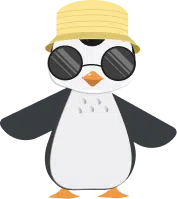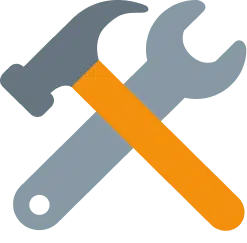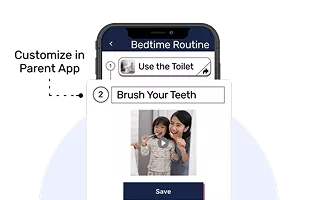Direct observation isn’t just watching; it’s watching with a purpose. Let’s get into the nitty-gritty of what that looks like:
- Spotlight on Behavior: Notice the small things a child does, like fidgeting during a task or smiling after completing it.
- Setting Matters: Observing in different places like home, school, or at a friend’s place can show different behaviors.
- Real-time Note-taking: Jot down what happens as it happens, not relying on memory.
- Seek Patterns: Look for recurring behaviors. Does the child always hum when anxious?
- Feedback Loop: Share observations with caregivers or teachers. It’s a two-way street!
In essence, it’s like taking a magnifying glass to daily moments to truly see what’s going on. And guess what? It doesn’t require a detective badge; just an open mind and keen eyes.
Wondering how Goally fits into the picture of Direct Observation? Well, Goally’s visual scheduler can be a perfect companion. Let’s say, through direct observation, you notice a kid struggles with bedtime routines. With Goally, you can build a step-by-step visual schedule to guide them through brushing their teeth, reading a bedtime story, and settling down, making the process smoother for both of you. Plus, with fun apps focusing on life skills, a child can learn and grow, aligning perfectly with insights gained from your observations.
| This post was originally published on September 2, 2023. |












